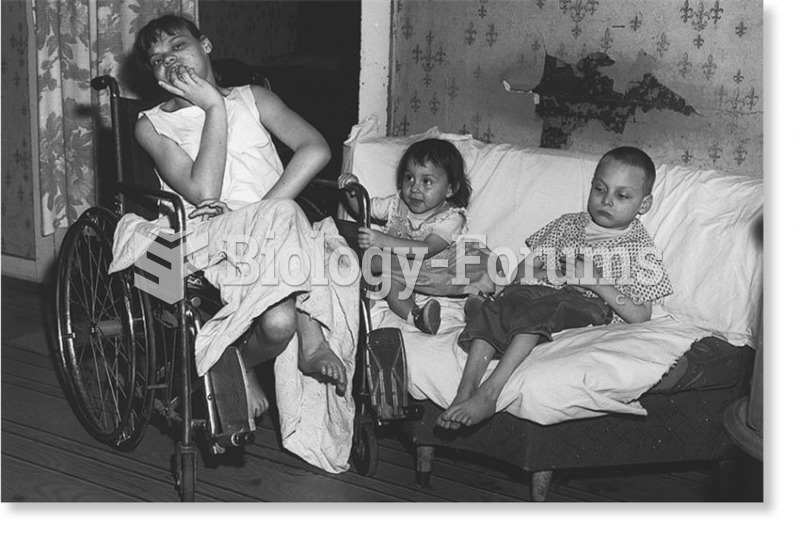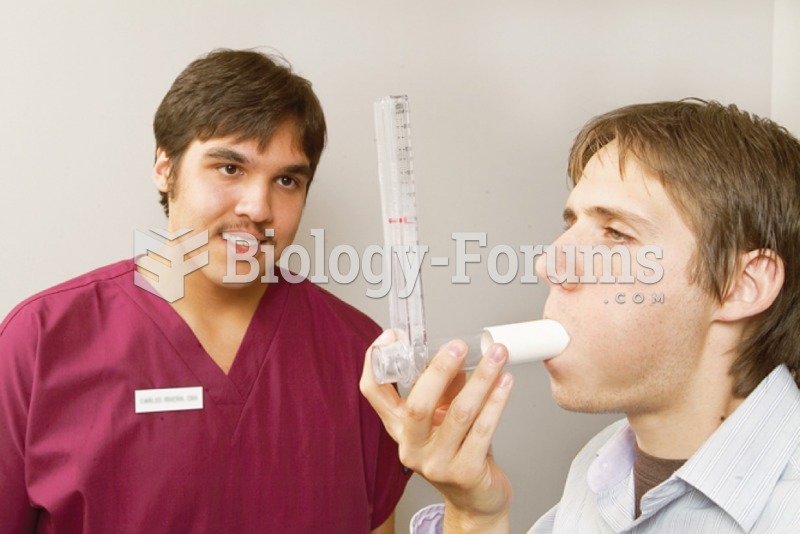Answer to Question 1
1, 2, 3
Explanation:
1. The nurse will educate the family regarding equipment that will be used after discharge. It is essential that the family perform a successful return demonstration.
2. The nurse will teach the family symptoms that indicate the client is experiencing distress and include information on who to contact if these symptoms should occur.
3. The nurse will encourage the family to participate in a cardiopulmonary resuscitation course prior to discharge.
4. While it is appropriate for the nurse to educate the family on the Family Medical Leave Act (FMLA), it is not appropriate for the nurse to recommend that one parent take a leave of absence from work.
5. The nurse should encourage the family to participate in care coordination for their child if they indicate they would like to learn about this portion of the child's healthcare management.
Answer to Question 2
1, 2, 3, 4
Explanation:
1. Financial concerns related to the cost associated with care that is needed after discharge is one barrier to successful discharge planning when providing care to the pediatric client who is approaching discharge.
2. Parents who are not available for discharge instruction is one barrier to successful discharge planning when providing care to the pediatric client who is approaching discharge.
3. Not having the equipment the family will use after discharge is one barrier to successful discharge planning when providing care to the pediatric client who is approaching discharge.
4. Poor teamwork is one barrier to successful discharge planning when providing care to the pediatric client who is approaching discharge.
5. Insurance payment for services is not a known barrier to successful discharge planning when providing care to the pediatric client who is approaching discharge.







